Who makes history and on what terms? Three times in World War II – in 1940, in 1941 and in 1942 - the armies of the Third Reich made advances so spectacular that they unsettled the global balance of power and threatened to reorder the world.
Germany’s conquests triggered FDR’s armaments drive, the first step towards the United States becoming the military hyperpower that it is today. Down to the present, this serves as a benchmark - including for advocates of the Green New Deal - of what America is capable of, if it when puts its mind to it. In Asia the defeat of France and the Netherlands unleashed a chain reaction that led to the fall of Europe’s empires. Had Nazi Germany found a new form of geopolitical leverage? Was Blitzkrieg a kind of revolution? Had Hitler's Germany found a way to undo the iron lock, apparently established by World War I, that tied global power to economic predominance, the iron lock that secured Anglo-American hegemony?
If the Third Reich could be credited with having found such a strategic formula, it would lift the Nazi regime, for all its horror, into the league of the other great revolutionary projects of the mid-century. Most notably, the Soviet project and Maoism. The question has been posed in various forms. Was Hitler a revolutionary? Was the Third Reich a force for modernization? As Stephen Kotkin remarks at the beginning of his biography of Stalin: modernization was always geopolitics.
In the end, of course, the Third Reich was defeated. But you can escape the force of that fact by asking, was defeat necessary? Could things not have gone differently? Could Nazi Germany have shaped a 20th-century future? During the Cold War, there was much speculation. It was tempting to imagine worlds in which the Communists hadn’t won. Albert Speer, who in the 1970s, after his release from Spandau, became a media star, fanned the flames with his talk of miraculous gains in productivity that came too late. The counterfactual lurks even in the innocent-seeming title of Richard Overy's 1990s book, Why the Allies won. It presumes that the question needs answering.
There are many questions about the economic history of World War II, but this is the big one: what does the war tells us about the possibility for historical agency? Who gets to make history? Who, has sovereignty and under what conditions?
In Wages of Destruction, as far as Germany and the Third Reich are concerned, I gave a skeptical answer. The question we should be asking is not why the Allies won, but why it took so damn long and cost so many millions of lives. The resources available to the Third Reich were far more constrained than generally imagined. I invoked Marx's famous passage from the 18th Brumaire. People “make their own history, but they do not make it as they please; they do not make it under self-selected circumstances, but under circumstances existing already, given and transmitted from the past.”
Amongst the circumstances constraining the Third Reich, I emphasized the surprising backwardness of the German economy and the huge size of its peasant agriculture. In the 1940s, more people worked on farms than served in the Wehrmacht. I was strongly under the influence of Steve Broadberry's Productivity Race and its comparison of the productivity levels of US, UK and German economies. In manufacturing productivity, America’s advantage was vast.
The UK had no advantage over Germany in industrial productivity. But thanks to Britain’s early industrialization and the end of small-holding peasant agriculture, the UK’s labour force was far more efficiently allocated than that of Germany.
Stressing Germany’s economic constraints, sets up my account of the politics of the Nazi regime as an insurgent against a predominant Anglo-American power structure.
By the late 1930s, despite an unprecedented peacetime armaments push, the likely inferiority of Germany’s forces in the capital-intensive areas of armaments - above all naval and aerial rearmament - was evident. Nor had the Third Reich devised a Blitzkrieg strategy to overcome these deficits. There was no military-economic-diplomatic synthesis of the kind suggested by Alan Milward, the leading historian of the Nazi economy in the 1960s and 1970s.
Hitler was possessed by a drive to war. Peace was not an option. As Michael Geyer most clearly recognized, the process of rearmament unleashed the chain reaction of a global arms race. Aggressive diplomacy expanded Germany's base but also raised tension worldwide. They all pointed in the same direction, but military planning, economic policy and diplomacy never added up to a strategic synthesis, let alone a program of concerted preparation for a new type of lightning war, Blitzkrieg.
The crucial breakthrough of 1940, which opened the door to the assault on Soviet Union was won through two improvisations. The diplomatic improvisation was the Hitler-Stalin pact. The military improvisation was the “Manstein plan” with its daredevil blow through Belgium, across Northern France to the channel. It was a high-risk scheme that bubbled up the command chain. As Geyer argued, the caution and skepticism of the grand strategists in the German high command was overcome by the dangerous combination of an ideologue (Hitler) and a master technician (Manstein).
Hitler's regime gambled. It won. Victory in France opened the door to further gambles.
In Deluge I used this motif of high-risk, vabanque insurgency as a key to interpreting the interwar period as a whole. The dominance of the Anglo-American combination at the end of World War I was ultimately founded on economics. Its armor was the gold standard. When that collapsed at the nadir of the depression in 1931, it opened the door not just to Hitler, but to Fascist Italy, Imperial Japan and the Soviet Union. They all embarked on dramatic programs of rearmament. In a dialectical twist, their efforts took the huge scale that they did because they knew what they were up against: The economic and military might of the coalition of global empire and America’s economic powerhouse. As Stalin put it in 1931, “Either we do it, or they will crush us”.
The hook between Deluge and Wages, is the final table in Deluge which shows the gigantic scale of the armaments effort of the 1930s. It dwarfed the genteel Edwardian arms race before 1914.
But though Deluge is a prequel to Wages, in retrospect, it also leads me to reconsider a key issue. Wages is a deliberately and provocatively western-centric account. The Soviet Union is not absent from the narrative. How could it be? But it arrives somewhat as a deus ex machina. As I phrased it here: “What Germany encountered in Soviet Russia in 1941 was not 'Slavic primitivism', but the first and most dramatic example of a successful developmental dictatorship, and what was revealed in the Wehrmacht's floundering advance towards Moscow was not the backwardness of Russia, but Germany's own partial modernization” (Wages, 511). The key word is “encountered”.
Rereading Wages in light of Deluge, the better way to frame it would have been to treat the Nazi regime and the Soviet Union in parallel as rival responses to World War I and its aftermath. Both were trying to snap the bounds defined by the dominant powers after World War I. Since Deluge I've been using Trotsky's formulation of uneven and combined development to capture this global interconnectedness and mutual conditioning.
At first, revisionist Germany and the Soviet Union were aligned. The notorious 1922 Rapallo Treaty was the symbol of that affinity. In the Weimar era, right-wing thinkers in Germany like Jünger and Schmitt regarded the Soviet experiment with admiration. Werner von Blomberg, amongst the senior Reichswehr commanders the most willing cooperator with the Nazi movement, was an avowed admirer of what he called the Soviet “Wehrstaat” or military state.
In the 1930s, though increasingly estranged, both regimes embarked on truly heavy rearmament. But whereas the Third Reich’s strategy of economic transformation was limited - Goering’s Four Year Plan was an intervention confined to the raw materials sector - in the Soviet case, it was truly comprehensive. The Soviet Union was remade under the hammer of Stalinist collectivization and industrialization. Through collectivization, a peasant society was comprehensively disciplined. It would not be the peasants that made history. The most basic indicator of that control was the ability of the regime to extract food from those who grew it, to inflict famine on the countryside.
This, in turn, gave the regime the ability, to secure the feeding of a much larger urban population, if necessary by coercive means.
The growth in the industrial workforce was dramatic. Even more spectacular was the surge in education and health. As Sheila Fitzpatrick pointed out long ago, the Soviet Union educated its population not just ideologically.
Joe Maiolo has given us a rich narrative account of the arms race of the 1930s. But there isn’t, as far as I’m aware, a sustained comparison of Soviet and German economies in the 1930s. Maddison’s GDP data have the total size of the Soviet economy overtaking that of Germany between 1913 and 1940.
A sprinkling of industrial data that I have immediately to hand suggest some of the dimensions of Soviet catch-up.
Most telling from a macroeconomic point of view is the allocation of GDP between private consumption, government consumption and investment.
These data come with a BIG health warning. They abound with classificatory and accounting issues. But they do give an indication of the truly dramatic capacity of the Soviet regime to squeeze consumption in favor of state priorities. The fact that investment is smaller when measured in 1937 prices, when industrial goods were far more abundant, is indicative of how huge the transformation was.
For the Wehrmacht, the shock of meeting the Red Army in battle in June 1941 was considerable. From the outset it was tough going. By the time they had reached Smolensk it was clear that Germans were fighting for their lives. As Army Chief of Staff Halder noted in August: “In the entire situation it is becoming ever more apparent that the Russian colossus, which had prepared itself for war with all the uninhibitedness that is characteristic of totalitarian states, has been underestimated by us.”
The disaster at Moscow in December 1941 exposed the vanity of imagining that Germany could defeat the Soviet Union in a single blow and with it the bankruptcy of Hitler’s strategy in 1941. The key figure in economic war effort up to that point Fritz Todt asked Hitler to negotiate peace. He died in an airplane crash on 8 February 1942.
The people who came after, led by Albert Speer, were promoted on the basis of a fanatical and voluntarist belief in the possibility of victory. They would make a triumph of the will. Ironically, it was they who survived the war. If only there had been greater rationalization of the war effort, Speer insisted, the outcome would have been different. The mistake of too many subsequent historians is to take this rhetoric at face value, as a description of the actual potential of the German economy rather than seeing it as part of the voluntarist mantra that kept the Nazi war effort going.
It has been said that I am preoccupied with Albert Speer. I should admit it. He haunted my childhood, as a media figure in the 1970s, but also as an actual presence. In the early 1970s, in Schlierbach, a village outside Heidelberg, he was a neighbor. For a brief period I sat next to one of his grandsons in class.
Sereny and others have exposed his knowledge of the Holocaust. What preoccupies me more is his voluntarism and the process through which the man posing as technician becomes the enabler of irrational and violent action. I am haunted, in particular, by an image of Albert Speer giving a slide show presentation on the upward surge of the armaments production index. It dates to June 1944, at the moment when the front in the East was being torn open by Operation Bagration and the Allies were entrenching their beach head in Normandy and yet here is Speer preaching the armaments miracle.
To wrestle with modern power-knowledge we need to understand scenes like this in their dimensions - the man, his data, the audience, what the data purport to represent, the distance between this room and the factory bench and the slave labour camp. To ward off its allure, we need to arm ourselves. Much of my (critical) project can be summed up in relation to this scene.
As his chief of staff Hans Kehrl pointed out, for a man who lived for data, Speer was perversely disdainful towards the organization that produced his graphs and enabled him to strike his technocratic pose. Nor did Speer recognize his dependence on those who came before him. As Lutz Budrass shows in his foundational study of the Luftwaffe economy, Speer indulged in cheap criticism of military bureaucrats. He exemplified the anti-state, actionism of the Third Reich, setting up all too familiar tropes of entrepreneurial energy v. bureaucratic paper-pushers. He embraced and politicized the life philosophy (Lebensphilosophie) of the entrepreneurial class.
Speer demanded total mobilization, but actually had little grasp of broader society. The Third Reich was capable of conceiving of more comprehensive social transformation. But the SS planners sketched their schemes as the fruits of victory and the exploitation of the defeated. It was the reverse of the Soviet project to achieve victory by remaking society. Most fundamentally, Speer’s solipsistic rhetoric did not recognize that what really mattered was what he could not control, where Germany’s graph stood in relation to that of the other powers.
Viewed from the angle of uneven and combined development, the Nazi regime faced four different types of opponent.
The closest parallel to Germany’s war economy record was in many respects the UK, Both of them produced approximately the volume of armaments that one would have expected given their relative prewar industrial potential. They were advanced but inelastic European economy. As Broadberry shows, their productivity in manufacturing was broadly similar. Britain focused above all on the aerial bombardment of Germany.
By contrast with both, the United States already before war had a vast productivity advantage in manufacturing. As we know, America’s war economy was impelled by a huge surge in output. The civilian sector was barely compressed. War production came out of additional output. As Cristiano Ristuccia and I showed in our work on machine tools, the US further stretched its advantage in key areas of mass production.
Then there was the Soviet Union, which managed to punch far above its weight, as an armaments producer. I will add a fourth antagonist, to which I will return on some future occasion, the peasant partisan, as exemplified by Yugoslavia. The Third Reich was forced to wage war in every dimension. The combination was overwhelming.
Let us return, in conclusion, to the famous quotation from Marx. If it is true that people make history but under given conditions, one should not fall into the trap of thinking of those conditions as inert. They can also be relational and dynamic. Amongst the inherited conditions are antagonisms with other folks who are also in the business of history-making. If it is true that people make history they do not do so in isolation. And their rival projects of history-making condition each other.
War is the paradigmatic case of history-making in collision. One power's history-making defines the conditions for another's. In war, as Clausewitz remarked, the opponent dictates the “law to me, as I do to him”. The question at stake is stark: Will I make history, or will you?

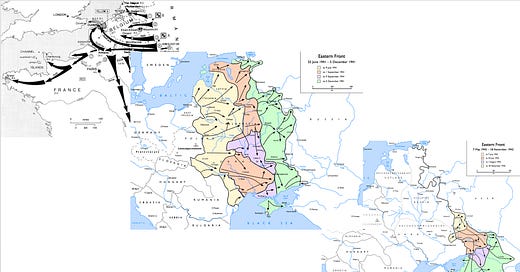



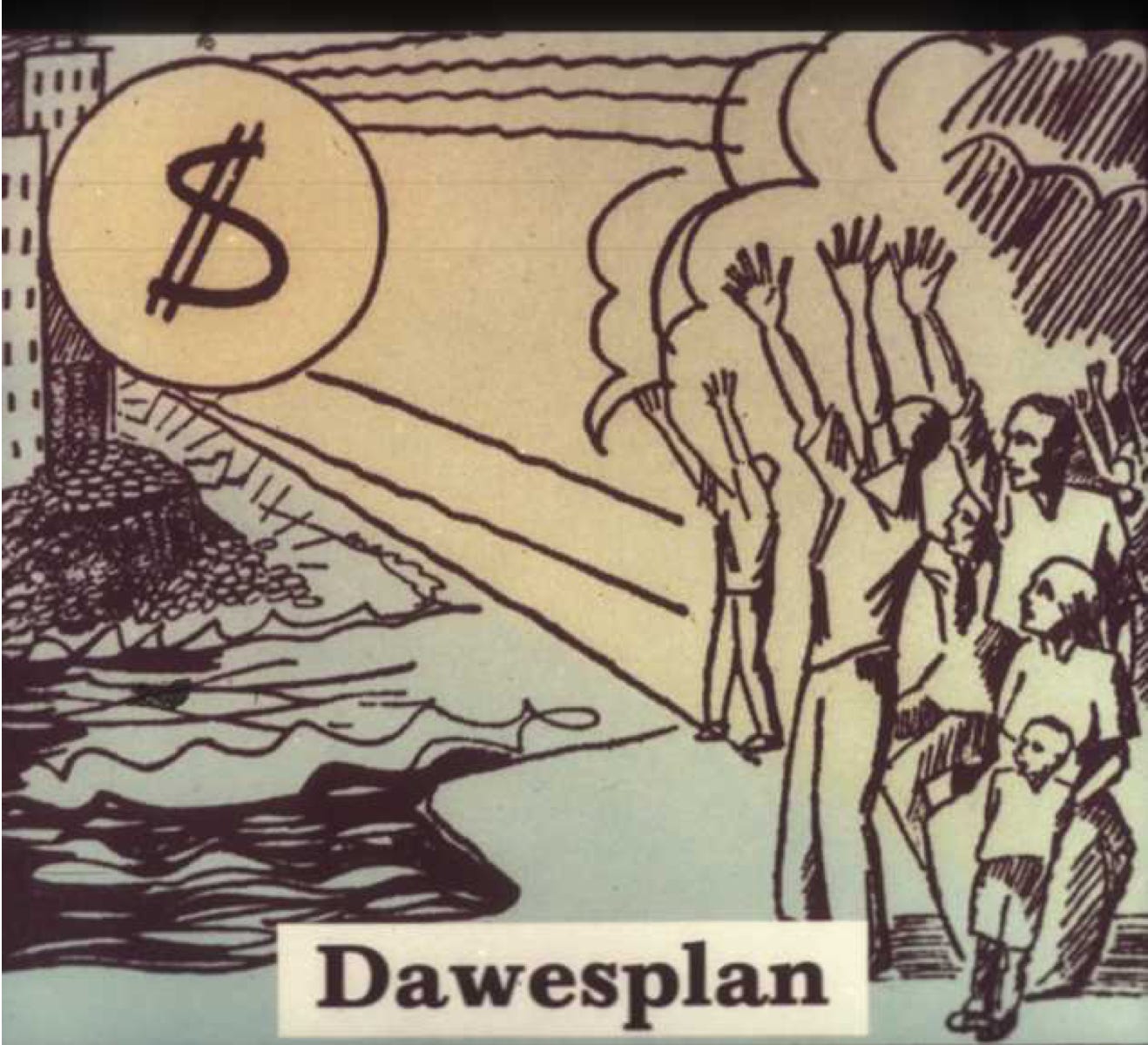
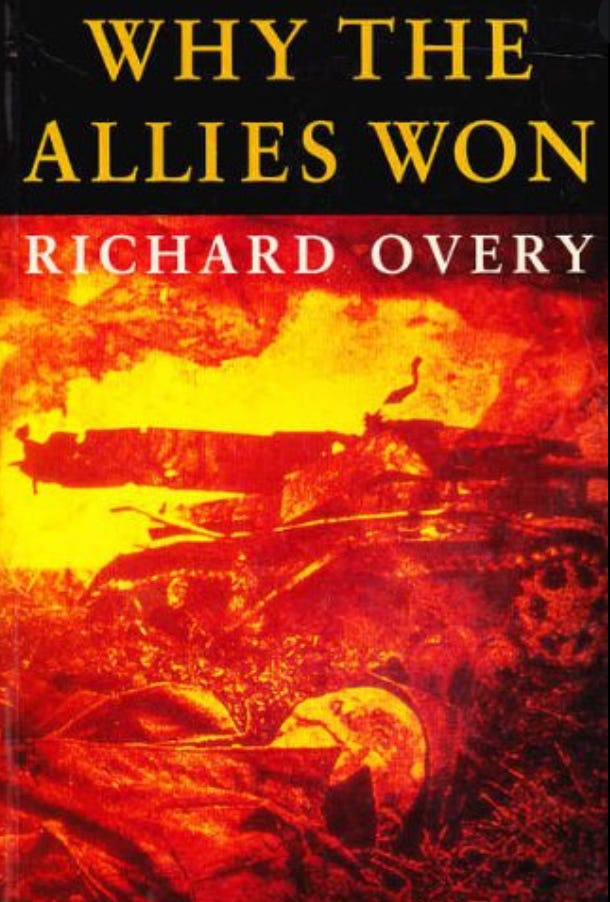

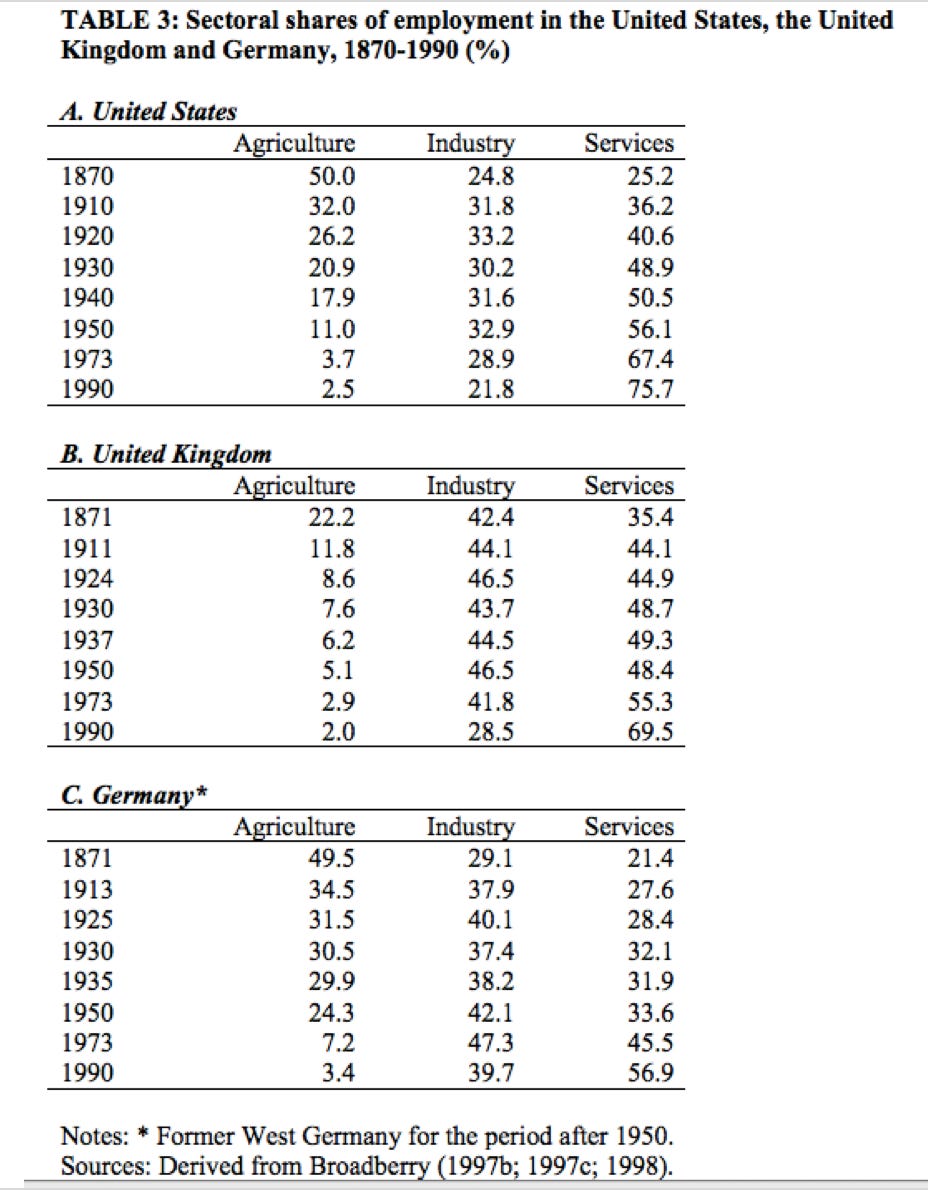
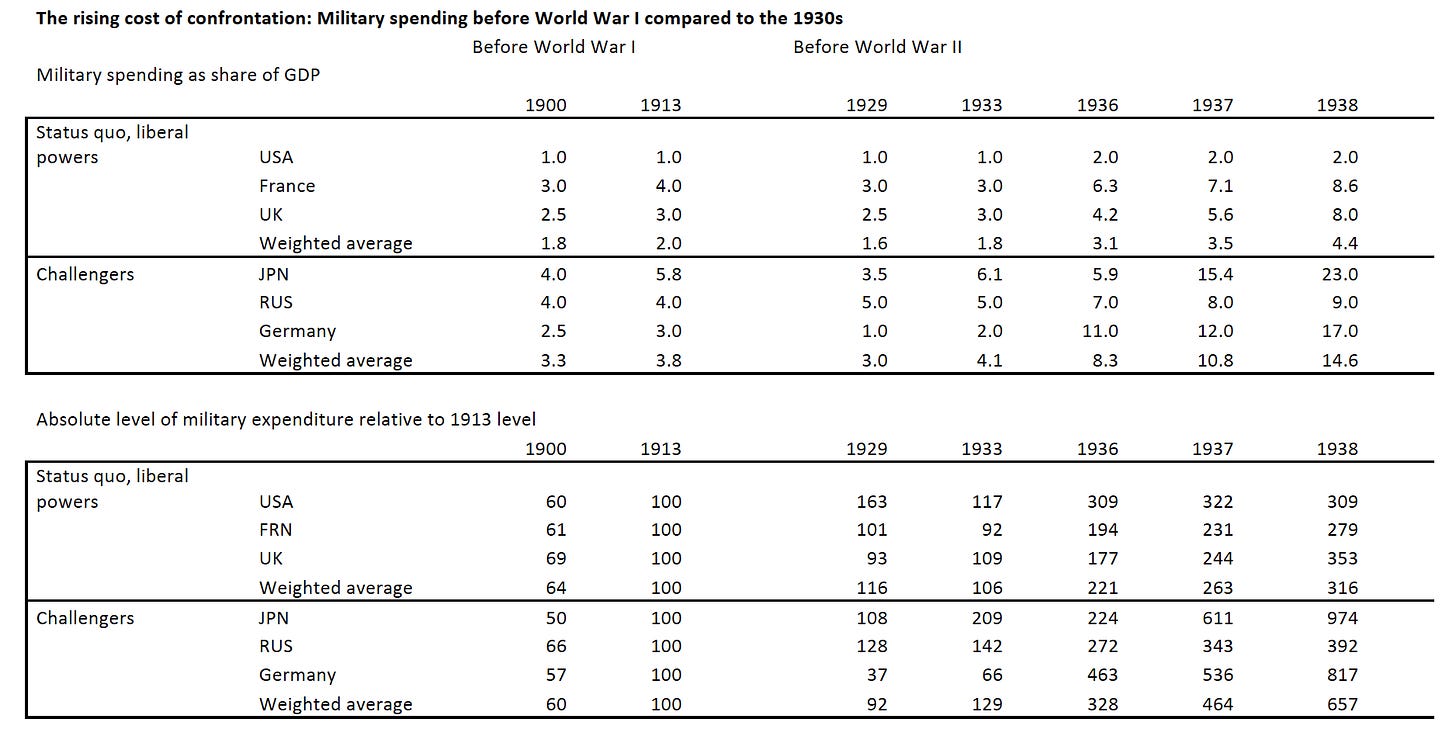
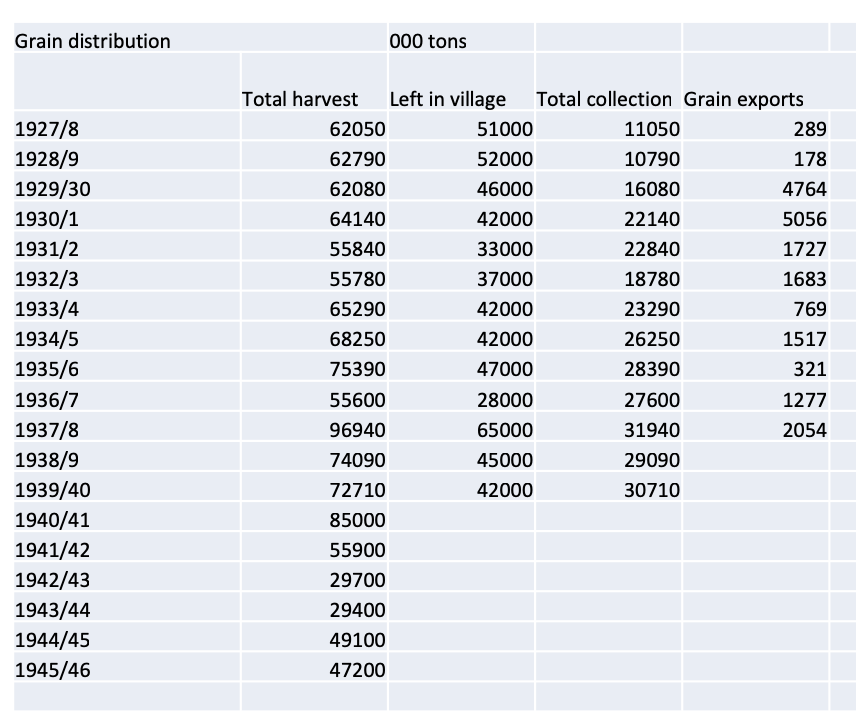
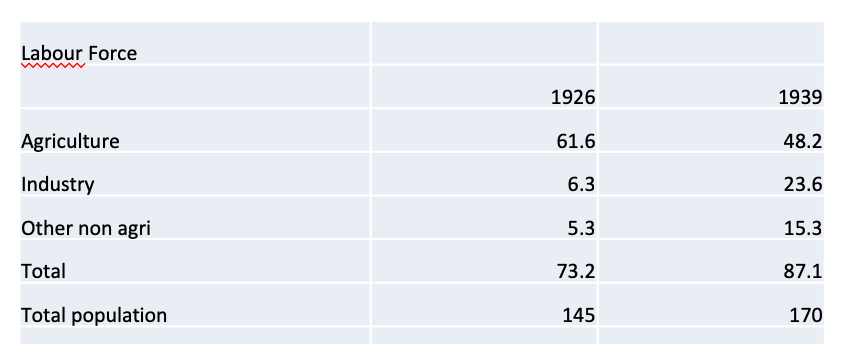

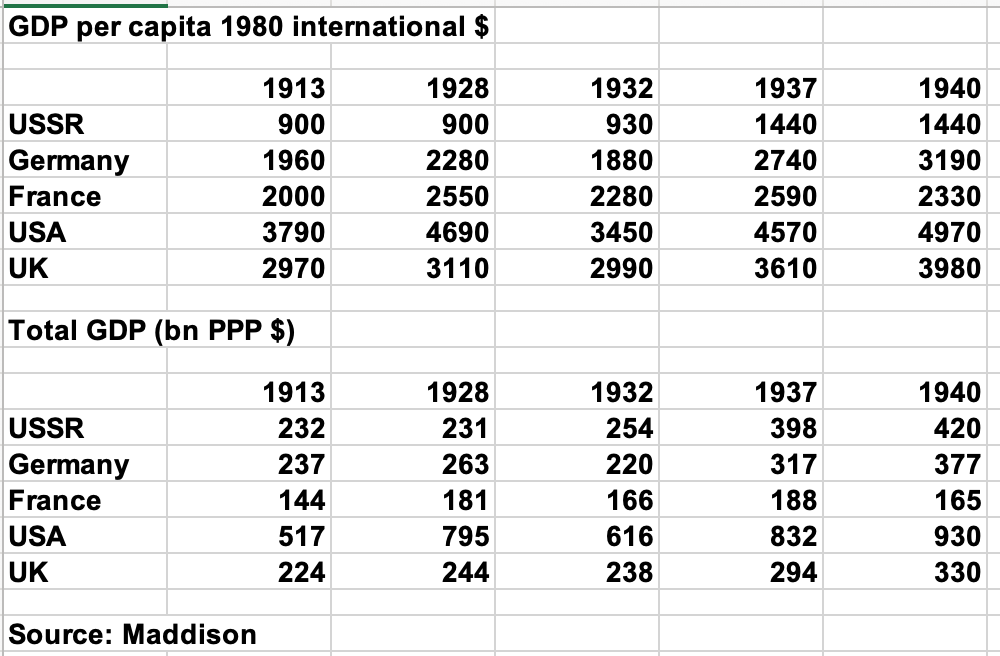
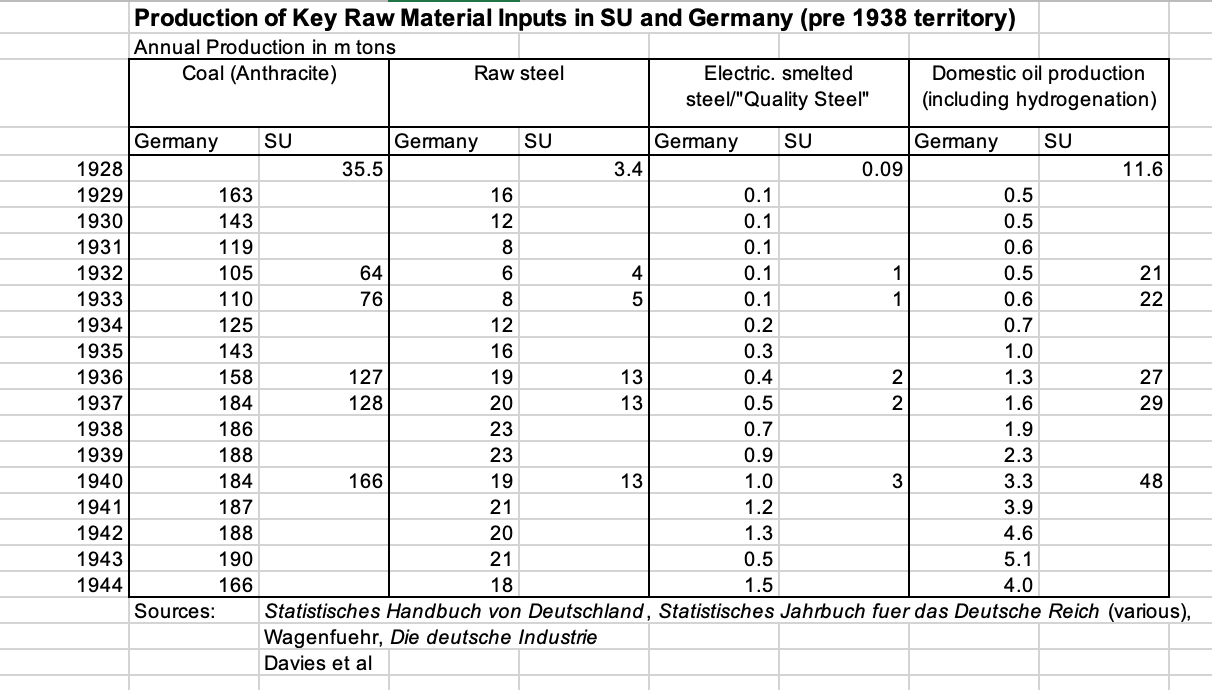


The Third Reich came staggeringly close to knocking the Soviet Union out of the war. Had they started their assault when they wanted to, instead of on June 22 (midsummer) they very well might have done it; Stalin put the Soviets in a state of near-total unpreparedness, through a combination of officer purges and sheer blindness to what his intelligence told him, and the Nazi war machine was tuned to a high pitch of effectiveness -- for war in summer, not the muddy fall or freezing winter.
We can thank Mussolini for the delay. He attacked Greece and was bogged down, even humiliated by their defense, and Hitler felt he could not allow an ally to fail so miserably (and maybe leave his right flank exposed). So he delayed the attack on Russia for a few precious weeks to capture Greece and drive British forces out.
Hi Adam,
my recent book Forging Global Fordism: Soviet Russia, Nazi Germany, and the Contest over the Industrial Order speaks to comparative strategies of military-industrial buildup in the two regimes. I also argue that we should move on from our fixation on Speer! Would be interested to hear your thoughts eventually.
Stefan